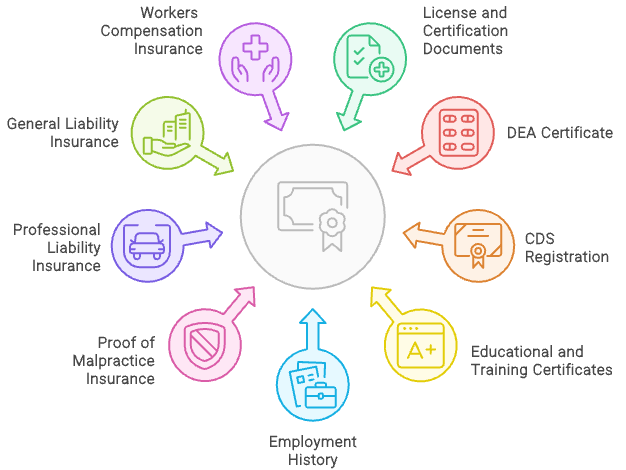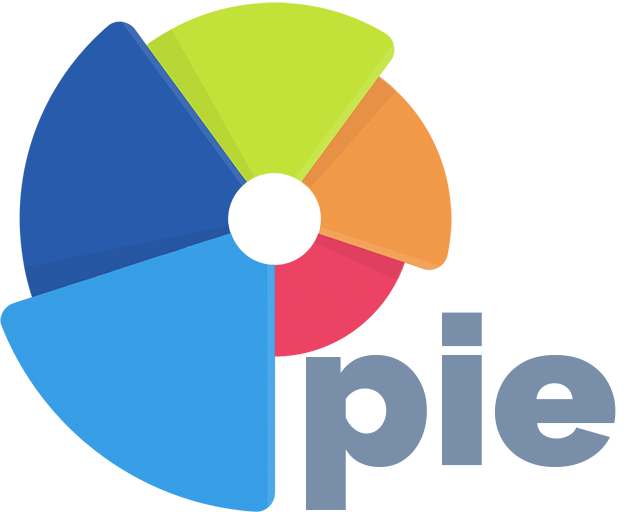You’ve Decided to Start Your Own Mental Health Practice
Starting your own mental health practice allows you to provide personalized care and make an impact. This guide offers steps on credentialing, licensing, and setting up your office to ensure success. Learn essential tips for a smooth and successful start to your mental health practice journey.

You’ve weighed the pros and cons, and now you’re ready to start your own mental health practice. Congratulations! This will hopefully be an exciting and rewarding journey. We expect you’ll create a space to provide personalized care and make a significant impact on your patients' lives.
If you’ve chosen to pursue an independent practice without relying on services like Headway or Alma, this article offers a clear rundown of the initial steps to get started.
🚨 Planning on handling credentialing by yourself?
Just as you would advise patients to see a specialist, using a professional credentialing service ensures efficiency and accuracy. Handling credentialing yourself can lead to costly mistakes. However, if you want to understand the process or attempt it on your own, read on and explore pie Health's complete guide.
Getting Started: Setting Up Your Practice
Starting your own practice involves several foundational steps before you even think about credentialing. Here’s an overview of what you need to do:
1. Establish Your Business Entity
Choosing the right business structure (LLC, S-Corp, etc.) is crucial for your healthcare organization. This decision affects your taxes, liability, and other legal aspects of your practice. Consult with a legal or business advisor to determine the best structure for your situation.

2. Obtain a Tax ID
After setting up your business, you must apply for an Employer Identification Number (EIN) from the IRS. You need this number for tax purposes and to identify your business entity.
The type of entity you choose can impact your taxes, liability, and administrative requirements. Common options for mental health providers include:
- Sole Proprietorship: Simple to set up and operate, but offers no personal liability protection.
- Limited Liability Company (LLC): Provides liability protection and flexible tax options, making it a popular choice for small practices.
- S-Corporation: Offers liability protection and potential tax benefits, but has more administrative requirements.
- Partnership: Suitable for practices with multiple owners, offering shared responsibility but also shared liability.
Consult with a legal or business advisor to determine the best structure for your situation.
3. Open a Business Bank Account
Separate your personal and business finances by opening a business bank account. This will help you manage your practice’s income and expenses more efficiently and simplify tax preparation.
4. Secure Office Space
Find a suitable location for your practice. If you're renting an office or creating a home office for telehealth, make sure it follows all rules and is comfortable for your patients.
5. Purchase Necessary Equipment and Software
Invest in essential equipment and software for your practice. This includes furniture, computers, Electronic Health Record (EHR) systems, and billing software. EHR systems such as TherapyNotes, SimplePractice, or Kareo specifically design for mental health practices.
6. Obtain Professional Liability Insurance
Professional liability insurance protects you from potential lawsuits and claims. Most insurance payors require proof of this coverage during the credentialing process. Ensure you have at least $1M/$3M coverage, as this is the industry standard.
Preparing for Credentialing
With the foundation of your practice in place, the next step is credentialing. Credentialing is the process of verifying your qualifications with insurance companies and healthcare networks. Here’s how to get started:
1. Collect Your Essential Documents
Before starting the credentialing process, gather all required documents, such as:
- Proof of licensure
- Education and training certificates
- Professional liability insurance
- National Provider Identifier (NPI)
- Work history and references
- Board certifications (if you're a board certified provider)

Ensure that all information is accurate and up-to-date. Double-check for any errors or omissions, as even minor mistakes can lead to delays in the credentialing process. Having these documents well-organized and readily available will streamline your applications and demonstrate your professionalism to insurance companies.
2. Apply for Your NPI
Your NPI is a unique identifier used in all healthcare transactions. Apply through the National Plan and Provider Enumeration System (NPPES).
3. Register with CAQH ProView
Create and maintain a profile on CAQH ProView, as many insurance companies use this platform for credentialing. This will simplify the process with multiple insurers.
4. Submit Applications to Insurance Companies
With your documents ready and your CAQH profile updated, start submitting credentialing applications to your chosen insurance companies. Follow each company’s specific instructions.
5. Follow Up
Submitting your credentialing applications is just the beginning. If you decide to manage the process yourself, be prepared to wear multiple hats and stay on top of the follow-up. Credentialing is not a simple, one-step process. It involves extensive research, numerous phone calls, and navigating through potential confusion and frustration.
Insurance companies are often overwhelmed with applications, so it’s crucial to be proactive. Follow up regularly to ensure your application is progressing and to address any issues that may arise. It's helpful to keep a record of your conversations with insurance companies. This can help you stay organized and make sure you don't overlook anything.
How pie Health Can Assist
While it’s entirely possible to handle this yourself, many providers find the process overwhelming and time-consuming. This is where companies like pie Health come in. We specialize in managing credentialing and billing processes, freeing you up to focus on your patients and practice. Our knowledge can help you avoid mistakes and speed up the credentialing process, so you can see patients and make money faster.
However, if you decide to take on the task yourself, remember to be diligent and patient. For a deeper dive into each of these steps and more detailed guidance, download pie Health’s Complete Guide to Credentialing and Billing for Mental Health Practices. This guide offers invaluable insights and additional resources to help you succeed.




Comments ()